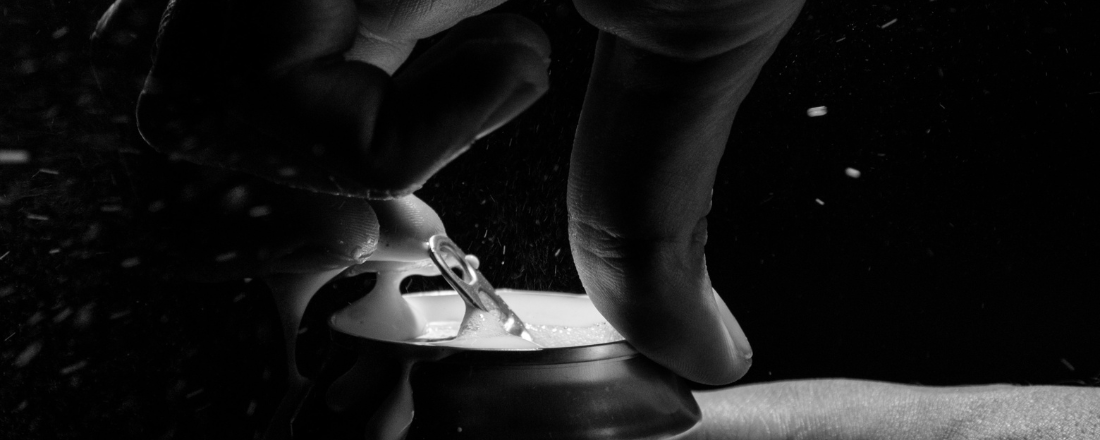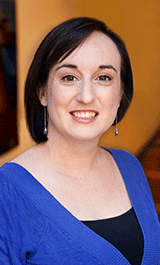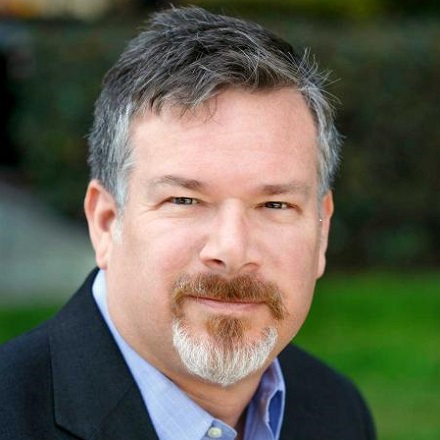
In the News
Health Experts Concerned as Big Soda Shifts to Alcoholic Sodas
- The New York Times
-
Issues
Alcohol -
Programs
Alcohol Research Group

“JOHNSON CITY, Tenn. — On a quiet street corner, a sign marks the birthplace of a beverage behemoth: Here, in 1954, the Tri-City Beverage Corporation bottled its first case of Mountain Dew.
The soda was originally uncolored and lemon-lime flavored, and its inventors used it as a mixer with bourbon. “Mountain dew” is also a nickname for moonshine, which farmers sometimes processed from leftover crops. Labels on early soda bottles promised it was “specially blended in the traditional hillbilly style.”
It wasn’t until after PepsiCo bought the company in 1964 and eventually built a global youth-oriented brand, one marketed by extreme sports athletes, that the soft drink left its Appalachian roots behind.
In a way, Mountain Dew came full-circle last year when PepsiCo turned the brand toward a new alcoholic beverage: Hard Mtn Dew. At a One Stop Wine and Spirits frequented by students from East Tennessee State University, the new 24-ounce cans are prominently displayed. Although the brew bears little resemblance to its ancestor, its alcoholic content is “exactly what Mountain Dew is all about,” Charles Gordon Jr., owner of Tri-City Beverage, said.
Hard Mtn Dew reflects a major change in the alcohol industry, which for the last century mainly produced drinks categorized as beer, wine or spirits. In recent years, those lines have blurred, and a fourth category of ready-to-drink beverages has emerged — hard seltzers and other flavored malt beverages, wine coolers and canned cocktails. Although these products differ in primary ingredients and how the alcohol is processed, all typically are flavored and packaged for casual consumption.
This isn’t the first time a new type of alcoholic beverage exploded in popularity but some earlier fads were associated with single products like Zima, Smirnoff Ice or Four Loko. “It’s only really in the last three to four years that it’s become a major category,” Nadine Sarwat, a beverage analyst at Bernstein Research, said.
Sales of hard seltzers and ready-to-drink canned cocktails were valued at nearly $10 billion in 2021 by the Grand View Research firm, which expects them to grow by double digits in coming years. And in a major shift, PepsiCo and Coca-Cola have debuted alcoholic products in the U.S. market. In February, Monster Beverage, a maker of energy drinks, began rolling out its first line of alcoholic drinks called The Beast Unleashed.
But as alcohol-related deaths in America reach record highs, regulators and public health experts are voicing concern that the new class of drinks and the expanding industry could alter how people buy and drink alcohol. Some also expressed worry that the convenience of the new products could reverse the long-term decline in alcohol consumption by young people. And recent studies show that consuming even one alcoholic drink a day increases a person’s risk of cancer and heart disease.
Coca-Cola and Monster Beverage declined repeated requests for comment, and PepsiCo referred questions about products bearing its brands to the independent companies that it had licensed to manufacture and market them.
Pamela Trangenstein, a scientist with the alcohol research group at the Public Health Institute in California, recently supervised a study at college football games. She described a sea of empty White Claw hard seltzer cans covering the floor of a student section at one stadium.

The carbonation and sugar content can make it taste like you aren’t drinking alcohol.Pamela Trangenstein, Scientist
Alcohol Research Group at the Public Health Institute
The effects on health
Experts believe the new beverage types may represent an industry effort to boost drinking among young people, a group whose alcohol consumption has been falling for decades.
Excess drinking already kills more than 140,000 Americans each year, according to the latest estimates, far surpassing drug overdoses or firearm deaths.
Alcohol experts take heart at the growing ranks of openly “sober-curious” young people, and beverage companies are trying to tap that group with a profusion of new nonalcoholic products, including zero-proof wines and nonalcoholic aperitivos. But some public health experts have expressed concerns that the widening variety of alcoholic drinks could reverse those trends.
And women are a coveted consumer. Katherine Keyes, a professor of epidemiology at Columbia University, said the push into hard sodas appeared to target the female drinker, whose alcohol intake has been catching up to men’s in recent years. “A low-calorie, flavored alcohol beverage has been their tried-and-true approach to attracting a female market,” she said.
Still, these options should not be marketed as healthy alternatives, experts said.”

The harms from alcohol don’t mainly come from calories. They come from the alcohol.William Kerr, Ph.D.
Senior Scientist and Director of the Alcohol Research Group at the Public Health Institute
Click on the link below to read the full article.
Originally published by The New York Times
More Updates
Work With Us
You change the world. We do the rest. Explore fiscal sponsorship at PHI.
Support Us
Together, we can accelerate our response to public health’s most critical issues.
Find Employment
Begin your career at the Public Health Institute.



